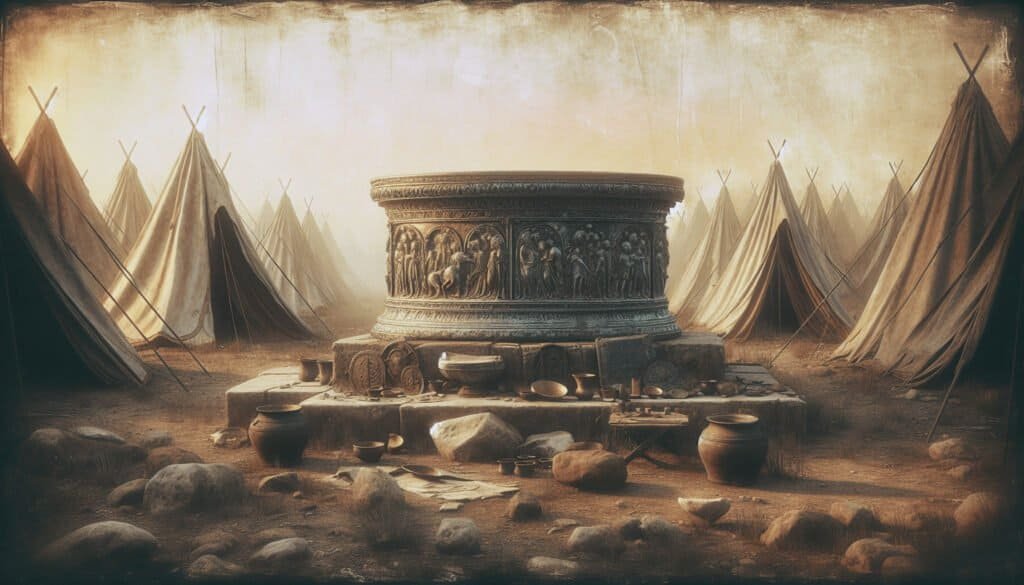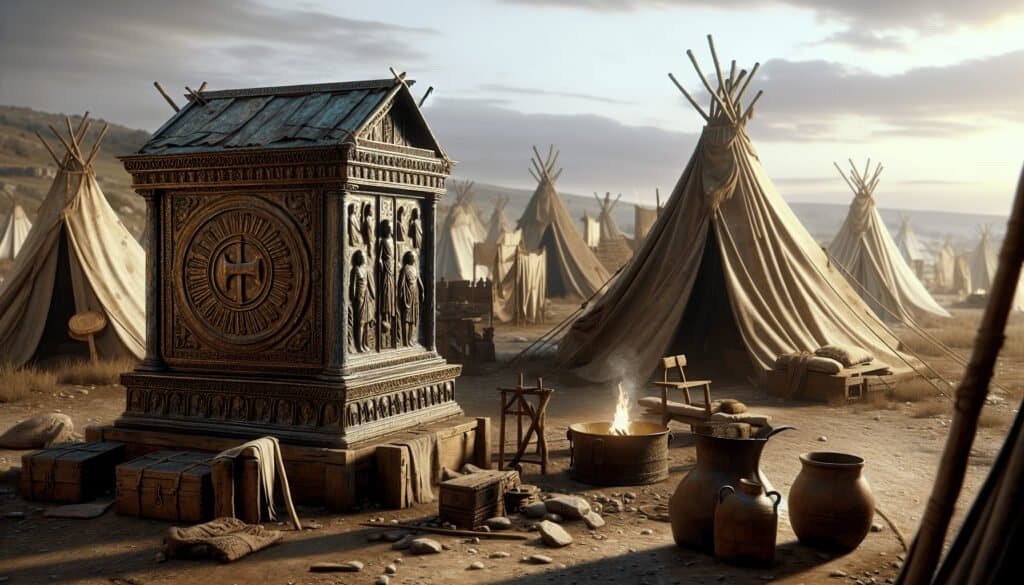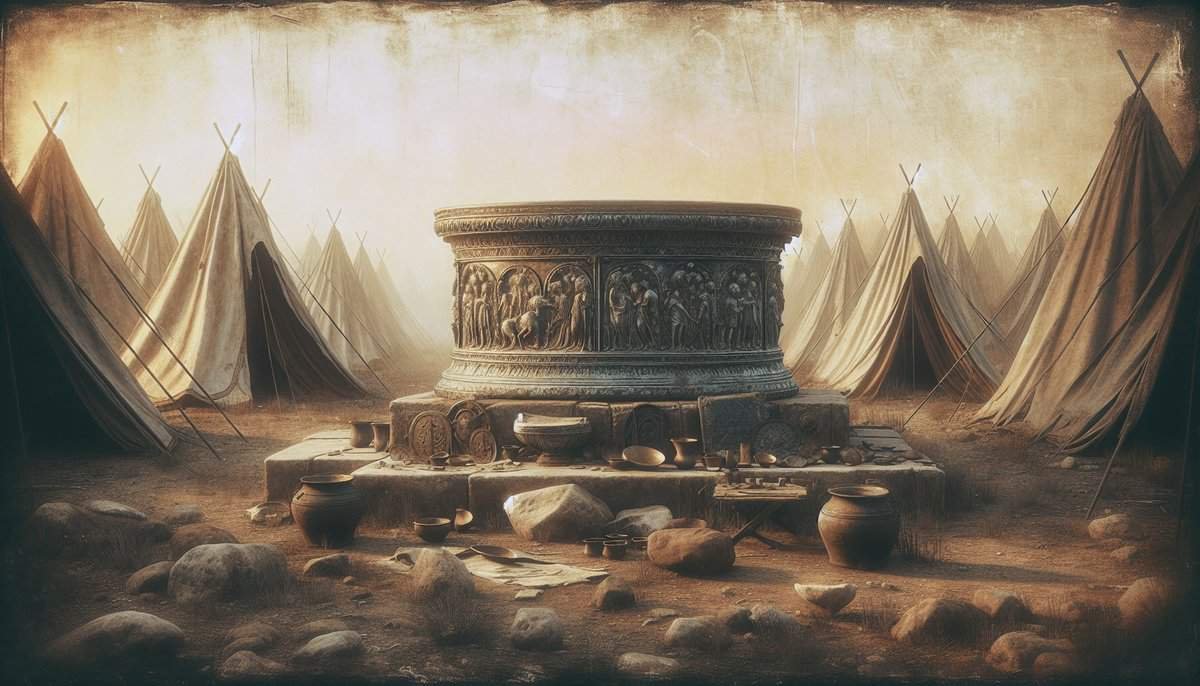What do you think life was like for a minority faith in the vast expanse of the Roman Empire?
It’s a thought-provoking question. The Roman Empire, with all its glory and might, was a melting pot of cultures and beliefs. While it celebrated its dominant traditions, many faiths existed on the periphery, adopting unique survival strategies in a world often hostile to their differences. Understanding how these minority faiths operated and thrived, often through clever adaptations and resilience, gives us deep insights into the complexities of religious life under Roman rule.
The Roman Empire: A Melting Pot of Cultures
A Brief Overview
When you think of the Roman Empire, images of grand architecture, military conquests, and political intrigue probably fill your mind. But behind the grandeur lay a tapestry of cultures, languages, and beliefs. At its height, the Empire spanned across Europe, North Africa, and parts of Asia, encompassing diverse peoples and their unique faiths.
Religious Pluralism
In Roman society, religious pluralism was not just accepted—it was a way of life. You could find temples dedicated to various gods, from the well-known pantheon of Jupiter and Mars to foreign deities like Mithras and Isis. Each faith, whether majority or minority, played a role in the Empire’s social and political fabric.
Minority Faiths: An Overview
Defining Minority Faiths in the Roman Context
Minority faiths in the Roman Empire included groups that practiced religions other than the traditional Greco-Roman pantheon. This encompassed everything from early forms of Christianity and Judaism to various mystery religions and cults. Understanding these groups helps us appreciate the intricate dynamics of faith during that period.
Relationship with the State
The Roman state was often suspicious of minority faiths, primarily because of their different beliefs and practices. You might be asking how these faiths managed to exist under such scrutiny. The reality is that minority religious groups found ways to coexist, adapt, and even flourish through various strategies.

The Roman Encampment Chamber: A Unique Lens
What is the Roman Encampment Chamber?
Imagine stumbling upon an archaeological chamber, filled with remnants of a bygone era where minority faiths held their gatherings. The Roman Encampment Chamber serves as a tangible link to understanding how smaller religious groups navigated their existence amidst a dominant culture.
Significance of the Chamber
This chamber acts as a focal point for historians and archaeologists wanting to study the interplay between faith and daily life in the Roman military context. Military camps weren’t only garrisons for soldiers; they were also crucibles of cultural exchange, where minority faiths often found refuge among the ranks.
Finding Faith: Evidence from Archaeology
Archaeological Discoveries
From inscriptions to artifacts, various archaeological findings provide insight into minority faith practices. For instance, the discovery of early Christian symbols or Jewish artifacts in military encampments showcases that faith did not cease in the structured environment of the army.
Early Christian Symbols
Archaeologists have uncovered a myriad of symbols such as the fish or the Chi-rho that speak to the presence of early Christians even within military contexts. These symbols tell tales of believers maintaining their faith while navigating the complexities of Roman life.
Transgressive Spaces
The Roman Encampment Chamber can be viewed as a “transgressive space,” where minority groups found ways to practice their faith beyond the public eye. This space acted as both a sanctuary and a meeting ground for shared beliefs, allowing individuals to connect with each other despite the overarching threat of persecution.

Historical Records: Written Accounts
Ancient Chronicles
Ancient historians often chronicled the encounters between the Roman state and minority faiths. Writers like Tacitus and Suetonius offer narratives that provide context for understanding the tension that existed. Their works have become invaluable for modern scholars trying to piece together these complex interactions.
Case Studies from Historical Texts
- Tacitus on the Christians: Tacitus’s Annals offers insight into the plight of Christians, particularly during the reign of Nero, illustrating how minority faiths were often scapegoated during political turmoil.
- Josephus and the Jews: The writings of Josephus provide a unique perspective on Jewish life under Roman rule, presenting both the challenges and resilience of the community.
Significance of Textual Evidence
Written records complement archaeological findings, allowing you to grasp the everyday reality of minority faith practitioners. They show you how groups negotiated their beliefs while remaining under the watchful eye of the Empire.
Scriptural References: Tying It All Together
Biblical Context
In considering how minority faiths thrived, you can look to biblical texts for guidance. Passages that speak to perseverance, community, and faith under oppression resonate deeply for these groups. The example of the early church provides a blueprint for resilience.
Reflections in Ancient Writings
The words of early theologians and biblical commentators reflect a rich understanding of minority experiences. Whether it’s St. Paul writing to communities facing persecution or the Book of Revelation offering hope for the oppressed, these texts speak volumes about the spiritual struggles faced by minority faiths under imperial Rome.
Strategies of Survival: Navigating the Empire
Adaptation and Compromise
To thrive, minority faiths often engaged in adaptation. This tailored approach enabled them to integrate some Roman customs into their practices, allowing for forms of coexistence that benefited both the dominant culture and the minority groups.
Community Building
Community played a crucial role in survival. Minority faiths often formed tight-knit networks, providing emotional and spiritual support, which helped individuals withstand external pressures. You can picture community gatherings in the Roman Encampment Chamber, where shared beliefs fostered a sense of belonging despite prevailing pressures.
Covert Practices
Secrecy was another strategy. Many minority religions practiced their rites quietly, away from the prying eyes of Roman authorities. The chamber would likely have seen hushed ceremonies, where faith was kept alive under the radar.
Theological Insights: Faith Under Fire
Risk and Reward
What do you think believers may have felt, standing in faith while surrounded by an empire actively trying to erase their identity? The risk was immense, yet the reward of spiritual fulfillment fueled many to hold fast to their beliefs despite adversity.
Meaning of Martyrdom
The concept of martyrdom takes on a profound significance within this framework. You can consider how martyr figures from various minority faiths became symbols of resistance, inspiring future generations to preserve their beliefs even against overwhelming odds.
Cultural Significance: Legacy of Minority Faiths
Art and Literature
The remnants of minority faiths have also left a significant impact on art and literature. From intricate frescoes in tombs to the writings found in the Dead Sea Scrolls, you can trace a rich legacy that continues to echo in modern culture.
Modern Reflections
Fast forward to today, and you might find that lessons from these minority faiths continue to resonate. Concepts of resilience and community transcend time, making their experiences relevant for contemporary discussions around faith and identity.
Summary: Connecting Past to Present
In wrapping things up, the story of minority faiths under the Roman Empire is one of resilience, adaptation, and profound spirituality. The Roman Encampment Chamber stands as a testament to this narrative—a reminder that, even amidst oppression, faith can flourish.
Understanding this history provides enlightening perspectives on current issues of religious diversity and the ongoing struggle for the recognition of minority beliefs. Just as those early Christians and Jews navigated their realities, individuals and communities today continue to seek spaces where their beliefs can thrive, often against the backdrop of a dominant culture.
So, take a moment to think about that question you started with: how do these historical narratives shape your understanding of faith today? Every thread from the past weaves into the rich tapestry of present beliefs, reminding us that the struggle for understanding inclusivity is as relevant now as it was then.

